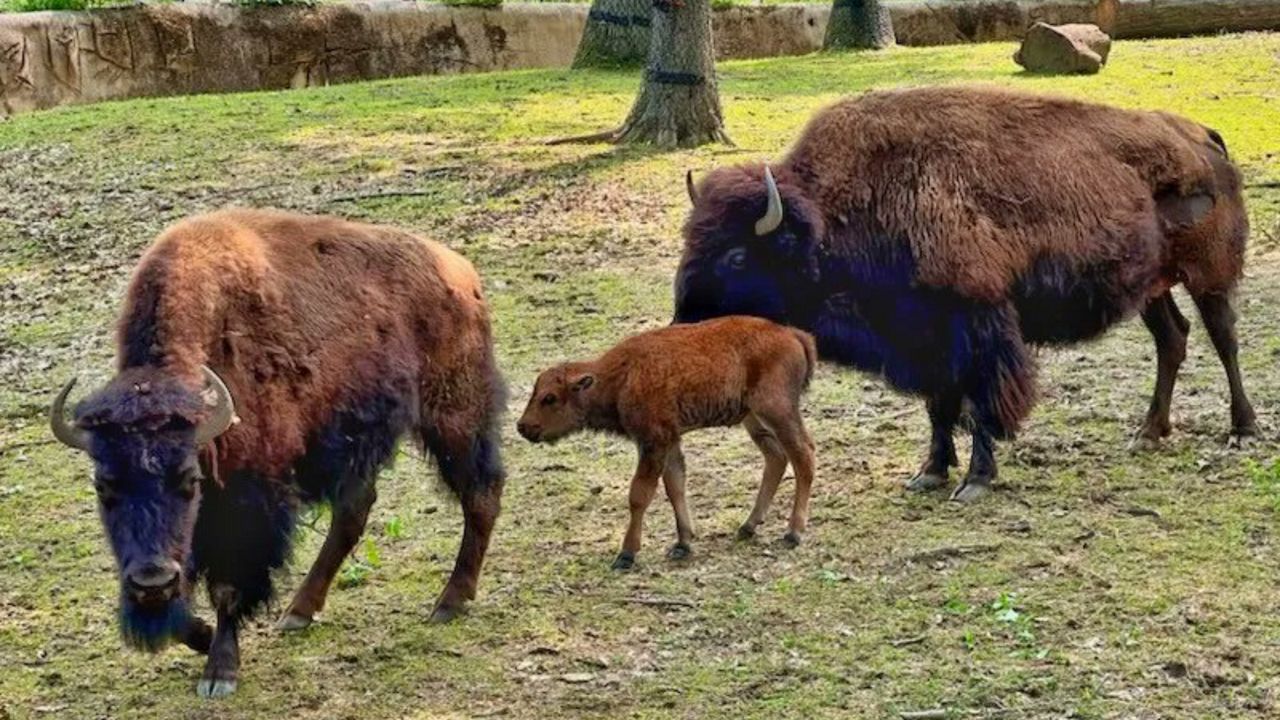CLEVELAND — The Cleveland Metroparks Zoo is asking the public for help to name is latest addition, a bison calf.
The mom bison, Blue, gave birth to the baby in late May.
The zoo said each of the names below are "meaningful to the Eastern Shoshone and Northern Arapaho that steward a vast 2,268,000 acres of central Wyoming's Wind River Range."
The public can pick from the following:
- Heebee — which is short for Heebee Cheechee, name of an influential Shoshone elder
- Sho-Rap — a combination of the names of the Shoshone and Arapaho tribes
- Tighee — Name of a Shoshone chief
The baby bison will get the name with the highest donation amount by midnight on June 19. The public can vote by clicking here.
All funds will go to the Eastern Shoshone Buffalo Program, which works to bring buffalo back to the Wind River Indian Reservation.
The zoo said in a press release that it's estimated that as many as 30 to 60 million bison were once in North America, but currently, it's estimated that there's 20,000 in conservation populations, according to the U.S. Fish and Wildlife Service. The zoo explained that most bison had been pressured into near extinction as humans expanded westward, becoming a source of food. It's also because of the clearing of land bison was roamed on.
Bison are the largest mammals in North America, according to the U.S. Department of the Interior. The average female bison weighs up to 1,000 pounds and can be up to 4 to 5 feet. Males can weigh up to 2,000 pounds and reach 6 feet tall.
While they can be big, they can also run pretty fast. On average, they can run up to 35 mph.
Yellowstone National Park is the only area bison have roamed freely since prehistoric times, according to the U.S. Department of the Interior. They can live up to 20-years-old.



